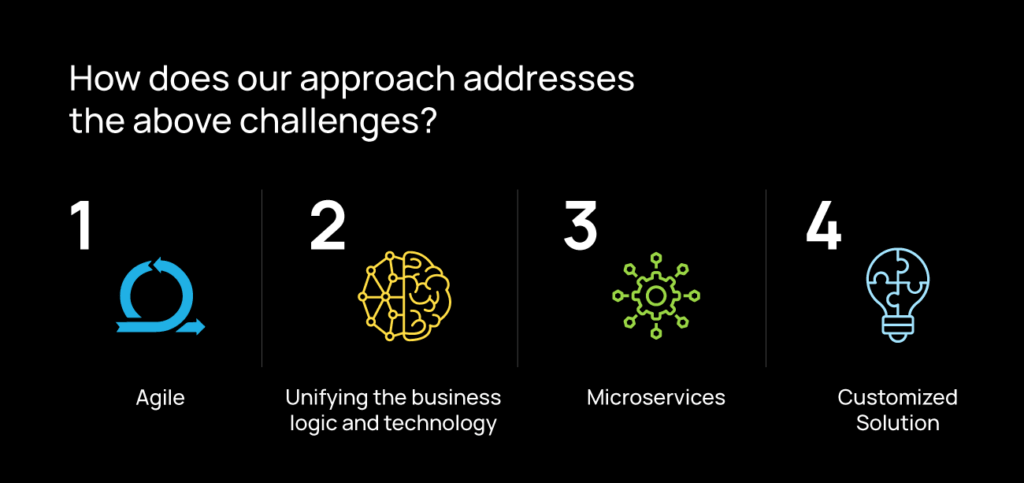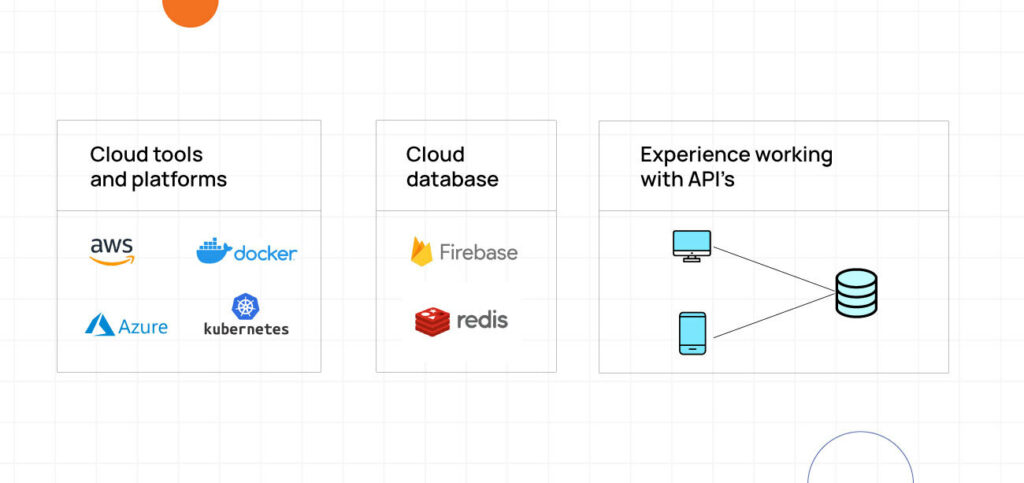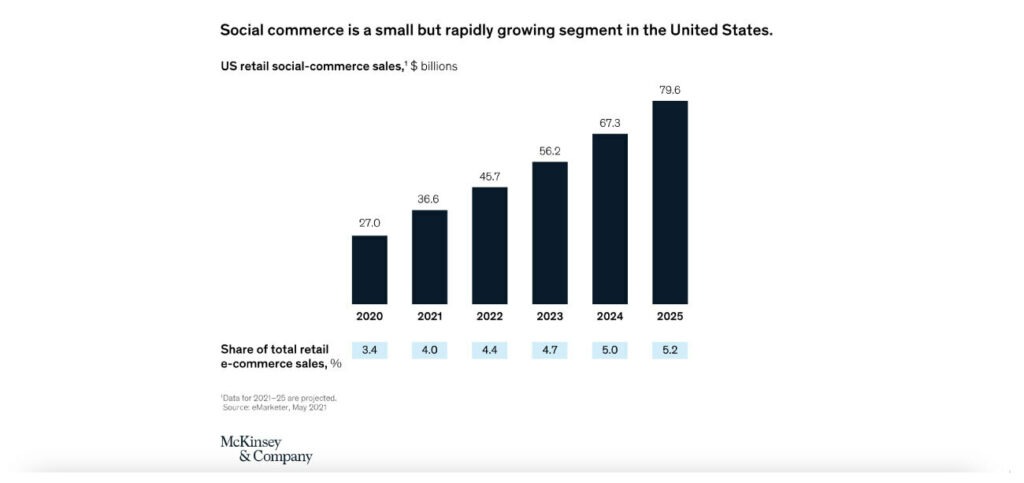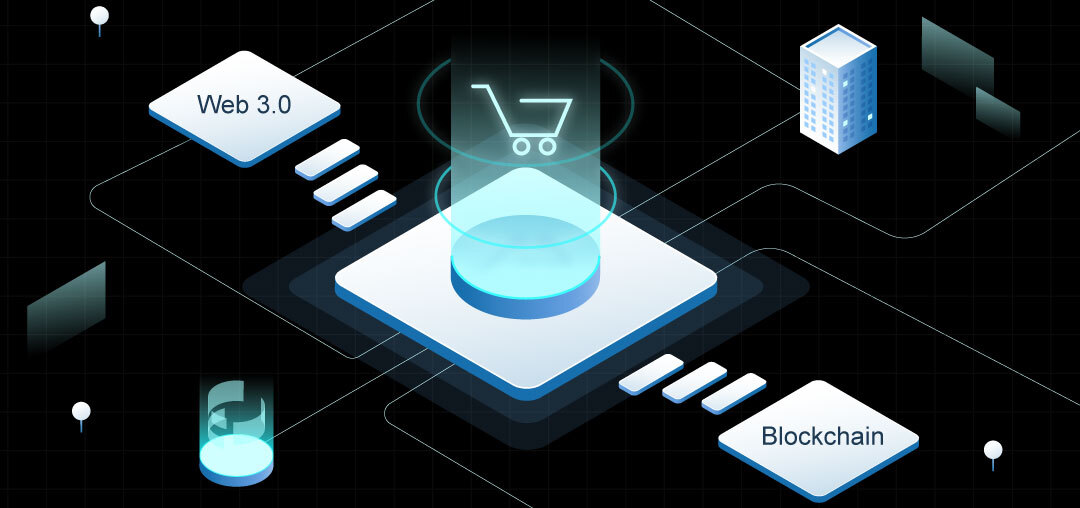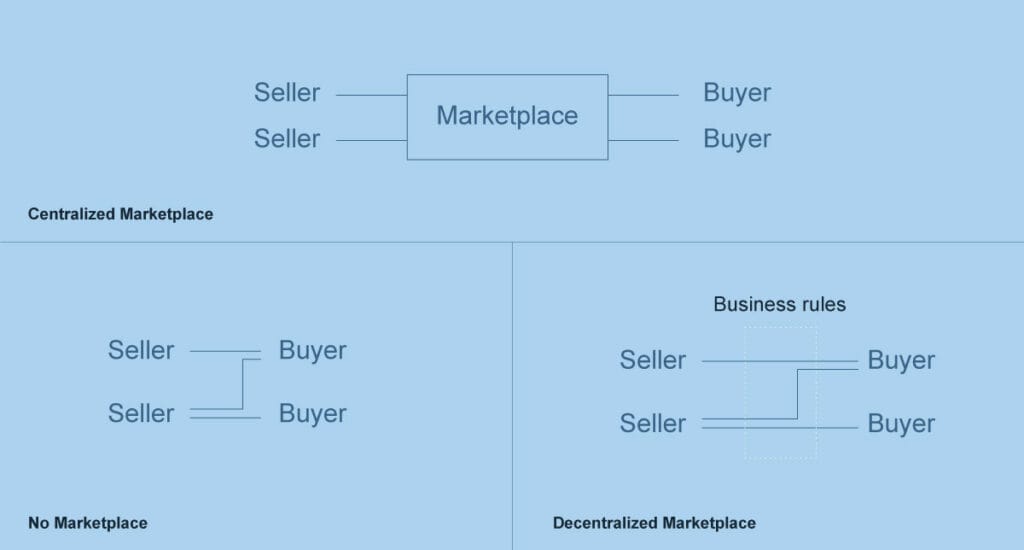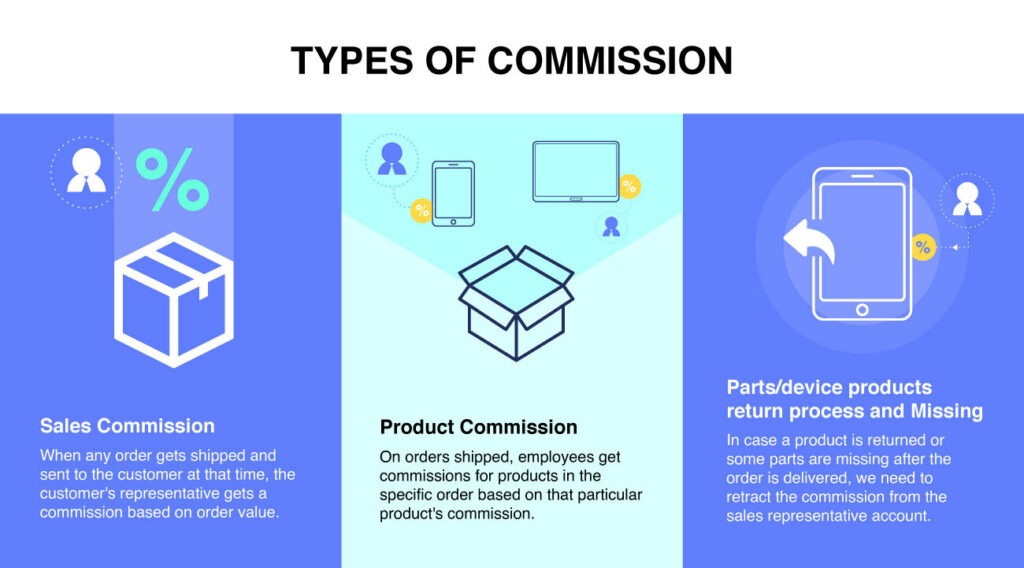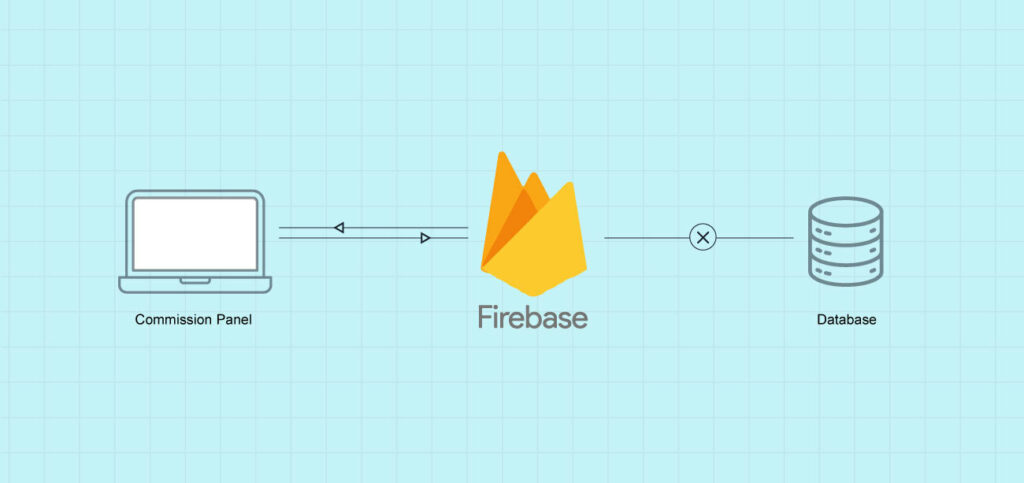In recent years, the eCommerce industry has witnessed rapid growth, with more businesses embracing the digital age and setting up online stores. As the industry continues to expand and evolve, businesses are looking for ways to streamline their operations and deliver better services to their customers. One of the ways to achieve this is by implementing DevOps practices in eCommerce development.
So what exactly is DevOps, and how can it help an eCommerce business?
What is DevOps?
Software development involves different teams, such as development, IT, and quality assurance, and all these teams should collaborate effectively to deliver a successful product. But these teams are usually siloed, and the development process often becomes prolonged due to a lack of communication between these teams. DevOps is a powerful way to overcome these challenges. DevOps is a set of practices and tools that aim to improve collaboration and communication between software development teams and operations teams, aiming to deliver software applications faster, more reliably, and at a higher quality.
Here’s a comparison between DevOps and traditional development models:
| DevOps | Traditional Development Model |
|---|---|
| Focus on collaboration and communication between teams, including developers, operations, and QA testers | Teams work in silos, with limited communication or collaboration |
| Continuous integration and deployment, with small, frequent releases | Releases are infrequent, often with large changes |
| Emphasis on automation, including testing, deployment, and monitoring | Manual testing and deployment processes that are time-consuming and prone to error |
| Agile methodology is often used, with the flexibility to make changes throughout the development process | Waterfall methodology, with a fixed plan and little room for changes |
| Strong emphasis on monitoring and logging, with the ability to quickly identify and resolve issues | Limited monitoring and logging, with issues often going unnoticed until they cause major problems |
| DevOps engineers are responsible for overseeing the entire software development lifecycle, from development to deployment to monitoring | Different teams are responsible for different stages of the software development lifecycle, often leading to a lack of accountability and coordination |
The following are DevOps best practices:
DevOps best practices are a set of guidelines and principles that help organizations implement and optimize their DevOps processes. Here are some commonly recognized DevOps best practices:
Collaboration and Communication: Encourage collaboration and effective communication between development, operations, and other stakeholders. Foster cross-functional teams to facilitate shared responsibility and knowledge sharing.
Automation: Emphasize automation across the software delivery lifecycle. Automate repetitive tasks, such as build and deployment processes, testing, and infrastructure provisioning, to improve efficiency and reduce errors.
- Continuous Integration and Continuous Delivery (CI/CD): Implement CI/CD pipelines to enable frequent integration of code changes, automated testing, and continuous deployment. This allows for faster and more reliable software releases.
Infrastructure as Code (IaC): Use IaC practices to manage infrastructure using version-controlled and programmable code. This enables consistent and repeatable provisioning and configuration of infrastructure resources.
Security and Compliance: Integrate security practices into the entire software delivery lifecycle. Implement secure coding practices, conduct regular security assessments, and ensure compliance with industry regulations.
Agile and Lean Principles: Adopt Agile and Lean methodologies to foster flexibility, iterative development, and continuous improvement. Break down work into smaller, manageable tasks and prioritize customer value.
- Microservices: Instead of creating a monolithic application where all functionalities are tightly integrated, microservices allow breaking down the application into smaller, manageable components that can be developed, deployed, and scaled independently.
Before we deep dive into the benefits of DevOps for eCommerce businesses, we will discuss a real case study of the eCommerce giant Amazon’s adoption of DevOps practices. It has been key to its success in maintaining and constantly improving its e-commerce website.
Amazon adopts DevOps practices through the use of various tools and features. Developers utilize Git and GitHub for version control, enabling them to make frequent but small changes to their code, track code changes, and fix bugs while adding new features to enhance the software application. Amazon also employs AWS CodeDeploy to simplify the software release process and keep track of deployments.
Additionally, Amazon uses Apollo, an internal deployment tool that deploys a specific set of software across multiple hosts, provides versioned artifacts, and allows for easy rollbacks during testing. Configuration management and infrastructure-as-code are other critical DevOps solutions that help monitor and make changes to the software, track system performance and resources utilized by developers, and identify and address issues early on to resolve problems quickly.
Amazon uses a microservices architecture that enables the website to be more modular and scalable.
Challenges that are addressed in eCommerce with a DevOps approach:
1.) Faster time to market
For an eCommerce website, DevOps can greatly improve the coordination between developers, system administrators, and QA testers. It results in faster product delivery to the market. In a traditional setup, development, and operations teams often work independently, which leads to delays in addressing any issues as they arise. By adopting DevOps practices, information is shared quickly, and problems can be addressed in real time during the development process. This means issues can be resolved quickly and efficiently, resulting in faster deployment times.
Automation is also a part of DevOp’s best practices. So, by automating the testing process, developers can quickly identify and fix issues before they reach the Ops team for deployment. This not only reduces the time it takes to find and fix bugs but also ensures that the software is of high quality before it is released to the market.
2.) Scalability and performance
In today’s business landscape, where custom applications play a crucial role in setting companies apart, the speed of releasing code has emerged as a competitive advantage. As eCommerce businesses grow, scalability and performance are the major challenges businesses face. You want the website to run smoothly at all times but, at the same time, want to keep improving its infrastructure. In addition to introducing new products, there is a constant demand for new features and upgrades. Throughout these developments, it is crucial to maintain a consistently high level of service quality.
One of the DevOps principles is Infrastructure as Code (IaC) which plays a vital role in DevOps and is an integral part of continuous delivery. It works as a step-by-step manual for setting up and managing your system infrastructure. Instead of manually configuring each server or network component, you use code to define and automate the process. With IaC, you can use tools like Terraform or AWS CloudFormation to write code that describes your infrastructure requirements. This code is then executed to create and configure your servers, databases, networks, and other resources in a consistent and automated way as per your needs.
It enables DevOps teams to deliver applications and their underlying infrastructure quickly, consistently, and efficiently, regardless of the scale.
3.) Security
DevOps is an approach that integrates security into the IT lifecycle. DevOps promotes the concept of “Security as Code,” where security practices and controls are integrated into the development process through automation and code-driven configurations. By treating security measures as code, organizations can implement security controls consistently and track them as part of their version control system. This ensures that security is built into the application from the start and can be easily audited and monitored. The automation, collaboration, and continuous testing aspects of DevOps enable security measures to be implemented consistently, vulnerabilities to be identified early, and infrastructure to be provisioned securely. These practices ultimately contribute to improved application security and reduced security incidents.
In the world of ecommerce, where customer data is constantly collected, managed, stored, and utilized, there is a higher risk of data breaches. Such breaches can have severe consequences, including damage to your company’s reputation. Using an agile development strategy allows teams to quickly remove potential exploits. If a vulnerability is found in an application that’s already in production, DevOps helps the team respond and address it promptly. This is important because the longer a vulnerability is left unaddressed, the more likely it is for a malicious person to find and exploit it.
4.) Disaster Recovery and Business Continuity
Incorporating Disaster Recovery (DR) planning into the DevOps pipeline can ensure that organizations manage it along with their application changes. DevOps enables Continuous Integration (CI) and Continuous Delivery (CD) of product changes and uses automation for deployment and testing. This speeds up application rollouts while minimizing human errors. According to a survey conducted by DevOps.com, organizations that incorporate DR into DevOps are better equipped to handle disasters and have faster recovery times.
By integrating DR planning into the DevOps workflow, the recovery process becomes an application deployment process. This means the same automated tools used for moving applications from development/testing into production and vice versa can be used for failover and recovery. DR environments that replicate production can be used as DevOps workspaces instead of letting them stay idle. This approach helps organizations to avoid additional costs associated with maintaining separate DR environments and enables teams to test their DR plans during regular testing cycles, reducing the risk of downtime during an actual disaster.
5.) Measuring the performance and quality of the website
For measuring the performance and quality of the website, IT staff needs analytics tools. A positive user experience is governed by three metrics: availability, functionality, and speed. Online merchants can use monitoring and notification tools like Nagios, Datadog, and PagerDuty, amongst many others, as part of their DevOps practices. These tools send an alert when something goes wrong with the system, so you can fix it before it affects the service. Teams can rapidly and automatically respond to any reduction in the customer experience through DevOps monitoring.
Monitoring tools also help set up auto-scaling and load balancing, which are important for managing traffic spikes. With these tools, you can predict traffic spikes and prepare the system accordingly. This helps ensure the system can handle high traffic without slowing down or crashing.
6.) How to know if you should consider a DevOps consulting service?
If you’re considering implementing DevOps in your organization or want to improve your existing DevOps practices, a DevOps consulting service like Tecstub can be a valuable investment.
Here are a few indicators that suggest you should consider hiring a DevOps consulting service
1) Your organization is struggling to align its software development and operations teams, resulting in slow delivery and increased downtime.
2) You’re not sure how to implement DevOps best practices, such as continuous integration and continuous delivery.
3) Your team lacks the expertise to manage and automate your infrastructure and tools.
4) You’re looking for guidance on how to adopt the latest DevOps tools and technologies to improve your development and operations processes.
5) You want to optimize your cloud infrastructure and reduce your operational costs.




